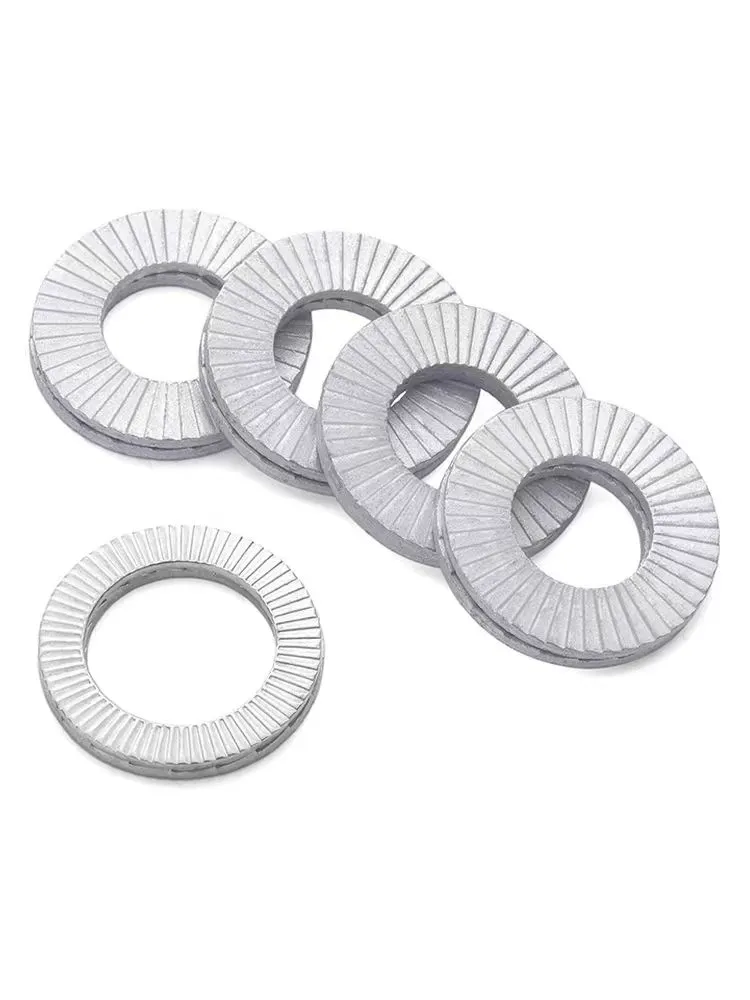

stud bolt and machine bolt - a fastener
Oct . 13, 2024 02:49 Back to list
stud bolt and machine bolt - a fastener
Understanding Stud Bolts and Machine Bolts Key Fasteners in Engineering
Fasteners play a critical role in various engineering applications, ensuring components remain securely joined under different loads and conditions. Among these, stud bolts and machine bolts are two prominent types, each with unique characteristics and applications. Understanding their differences, uses, and advantages can greatly enhance the efficiency of engineering projects.
What are Stud Bolts?
A stud bolt is a type of fastener that consists of a cylindrical shaft with threads on both ends, commonly referred to as double-ended bolts. Stud bolts are typically used in situations where a strong mechanical joint is required. The absence of a head allows for greater versatility in tight spaces, making them ideal for various applications, particularly in the oil, gas, and chemical industries.
In terms of installation, stud bolts are often used in conjunction with nuts. When installing, one end is anchored in a pre-drilled hole of one workpiece, with the opposite end protruding outwards. A nut is then screwed onto the exposed threads, securing the connection. This design facilitates ease of assembly and disassembly, making stud bolts a favored choice for maintenance-intensive applications.
What are Machine Bolts?
On the other hand, machine bolts are typically characterized by a head on one end with a threaded shaft on the other. They are commonly used in machinery and structural applications where a pre-made hole is available. The head provides a surface for a wrench or socket, allowing for easier installation and removal compared to stud bolts.
Machine bolts can come in different designs, including hexagonal heads, square heads, and round heads, each suited for specific applications and torque requirements. They are generally used where high strength is required, and the joint needs to withstand significant forces. Applications range from construction projects to automotive assemblies, underscoring the versatility of machine bolts.
Key Differences Between Stud Bolts and Machine Bolts
stud bolt and machine bolt - a fastener

1. Design and Structure The primary difference lies in their structure. Stud bolts are elongated and threaded on both ends, while machine bolts have a head on one end, making them easier to install with typical tools.
2. Installation Method Stud bolts require nuts for installation, while machine bolts can be directly inserted into a threaded hole or used with nuts for additional security.
3. Applications Stud bolts are often preferred in high-pressure environments, such as flanged connections in piping systems, due to their ability to handle tensile stress. Machine bolts, in contrast, are more commonly employed where direct engagement with structural components or machinery is needed.
4. Load Capacity Both types of bolts can be used in high-strength applications, but stud bolts are often favored where specific stress distributions are critical, especially in high-temperature environments.
Choosing the Right Fastener
When selecting between stud bolts and machine bolts for a project, several factors must be considered. The nature of the application, load conditions, environmental factors, and ease of access for installation and maintenance should all influence the choice of fastener. In cases where disassembly is frequent, stud bolts may offer advantages due to their design allowing for more straightforward and precise adjustments. In contrast, machine bolts might be the best choice for applications requiring quick assembly and greater ease of use.
Conclusion
In conclusion, both stud bolts and machine bolts are indispensable tools in engineering, each serving unique functions and meeting diverse requirements. Stud bolts excel in high-stress applications, providing strength and reliability, while machine bolts offer ease of use in various construction and engineering tasks. Understanding these fasteners' characteristics can significantly impact project efficiency, safety, and longevity. As the engineering landscape evolves, these fasteners will continue to play a vital role in building a reliable infrastructure.
Latest news
-
High-Strength Hot Dip Galvanized Bolts - Hebei Longze | Corrosion Resistance, Customization
NewsJul.30,2025
-
Hot Dip Galvanized Bolts-Hebei Longze|Corrosion Resistance&High Strength
NewsJul.30,2025
-
High-Strength Hot-Dip Galvanized Bolts-Hebei Longze|Corrosion Resistance&High Strength
NewsJul.30,2025
-
Hot Dip Galvanized Bolts-Hebei Longze|Corrosion Resistance&High Strength
NewsJul.30,2025
-
Hot Dip Galvanized Bolts - Hebei Longze | Corrosion Resistance, High Strength
NewsJul.30,2025
-
High-Strength Hot Dip Galvanized Bolts-Hebei Longze|Corrosion Resistance, Grade 8.8
NewsJul.30,2025

